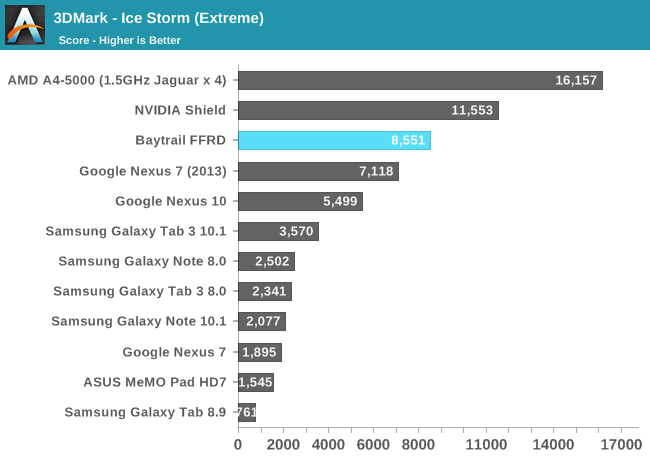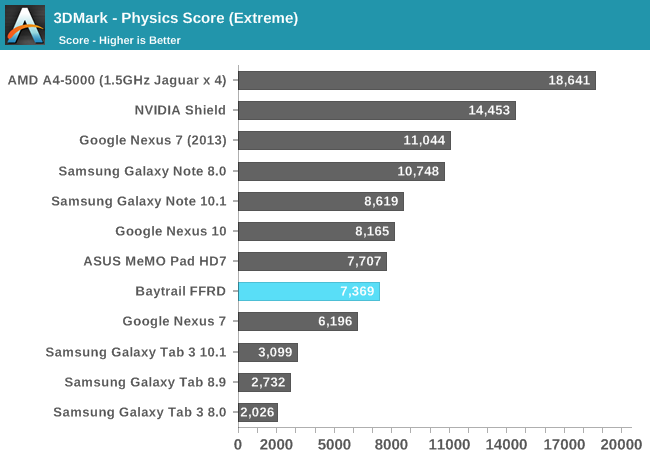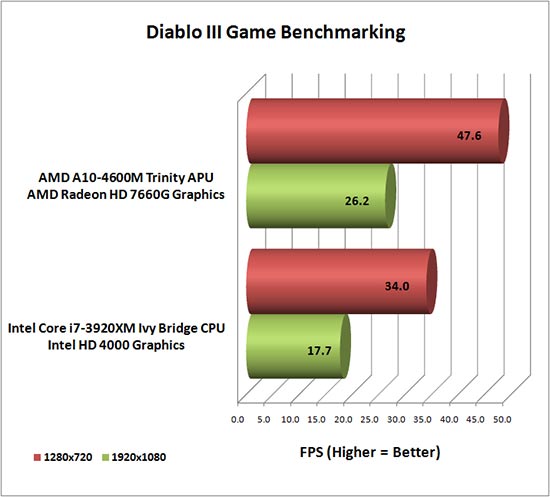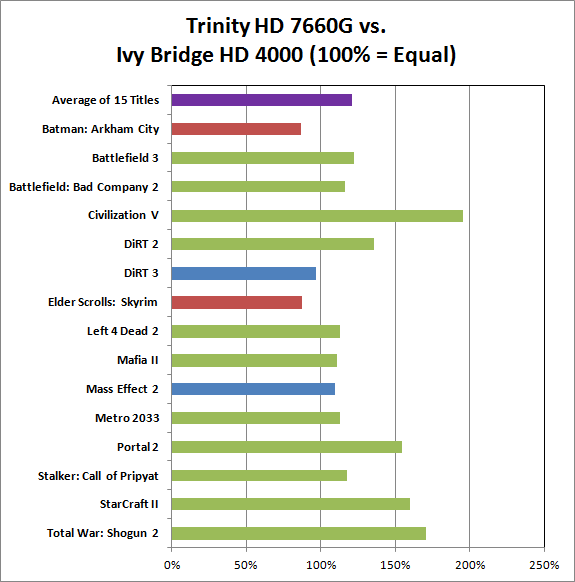A common and naive misconception of the Intel and AMD rivalry is that Intel can always conduct a price war against AMD. Macquarie Research's Srini Pajjuri asserts that "[a]ny share gains by AMD will likely be met with aggressive pricing actions by Intel, which could severely limit AMD's margin expansion hopes." Such view is way too simplistic. Intel does not have the freedom to arbitrarily lower prices. In fact, since the RyZEN launch, we have not seen any major price reduction by Intel. Why?
The reason is simple. Doing so would lead to the implosion of Intel's revenue and profits, something Intel can't do and will not do.
Consider the limit in which Intel lowered all of its product prices to $0 and gave away its products for free for a year for the purpose of limiting AMD's market expansion (assuming no regulatory restraints and shareholders are silent). Intel's revenue would be $0 for a year, and suffers billions of dollars in losses. AMD's Ryzen 7 1800X would have to surrender to the now free i7 6950k. But still, there would be people willing to pay AMD a hefty premium for the 32 Core EPYC and ThreadRipper 16 core CPUs that Intel can't offer. And the Xbox and PS4 game console business will continue to maintain a lower level survival for AMD.
As you can see from this extreme scenario, when AMD commands the top tier, Intel's price war will hurt itself more. A reasonable assumption is that any pricing action by Intel will tend to maintain its own revenue and profitability levels.
In
his AMD May 16, 2017 Financial Analyst Day presentation, Jim Anderson showed the key statistics that can provide analytical insight into the competitive landscape: 45% of the PC units are in the mainstream and below market, but generate only 21% of the revenue; 55% of the PC units are in the premium segment, but generate 79% of the revenue.
Let ASPm be to the average selling price (NYSE:
ASP) of a mainstream & below CPU, and ASPp be the ASP of a premium CPU, U being the total units, and REV be to total revenue. We have:
REV = ( 45% * ASPm + 55% * ASPp) * U
Now, assuming Intel performs a price adjument in the premium segment by a factor of F, the total revenue will be (assuming the ratio of premiumum PCes stay the same):
REV = ( 45% * ASPm + 55% * F* ASPp) * U
Thus, the change in revenue will be:
dREV/REV = 0.55*(F-1)*ASPp/[ 45% * ASPm + 55% * ASPp]
Currently,
ASPm * 45% * U = 0.21 * REV
ASPp * 55% * U = 0.79 * REV
Therefore, ASPp = 45/55 * 79/21 * ASPm = 3.07 ASPm. In other words, the ASP of premium CPU is 3x of the mainstream/below CPUs. And,
dREV/REV = 0.79* (F-1)
Assmuning Intel cuts its premium CPU prices by 20%, i.e., F = 0.8, then the change in TOTAL revenue will be
dREV/REV = 0.79 * (0.8 -1) = -15.8 %.
In other words, if Intel cut its premium product ASP by 20%, Intel's total revenue will fall 15.8%.
You may ask, what happened in the past? There were two scenarios.
When AMD could only compete in the mainstream/below market, Intel could cut prices in the lower end to limit AMD, while slightly increasing ASP in the premium segment to maintain its own revenue/profits.
When AMD commanded the premium segment with the AMD64 and Opteron, Intel resorted to anti-competitive means to limit AMD's access to the market. Intel was later fined over a billion dollars and paid AMD roughly a billion dollars in settlement, but the damage had been done.
Today, the situation is different. AMD commands the price/performance in the premium market, and Intel's anti-competition practices are more or less under control.
For Intel, market share loss is inevitable. What can Intel do?
To maintain its revenue level, Intel will have to INCREASE prices.
It is simple math.
Disclosure: I am/we are long AMD.










